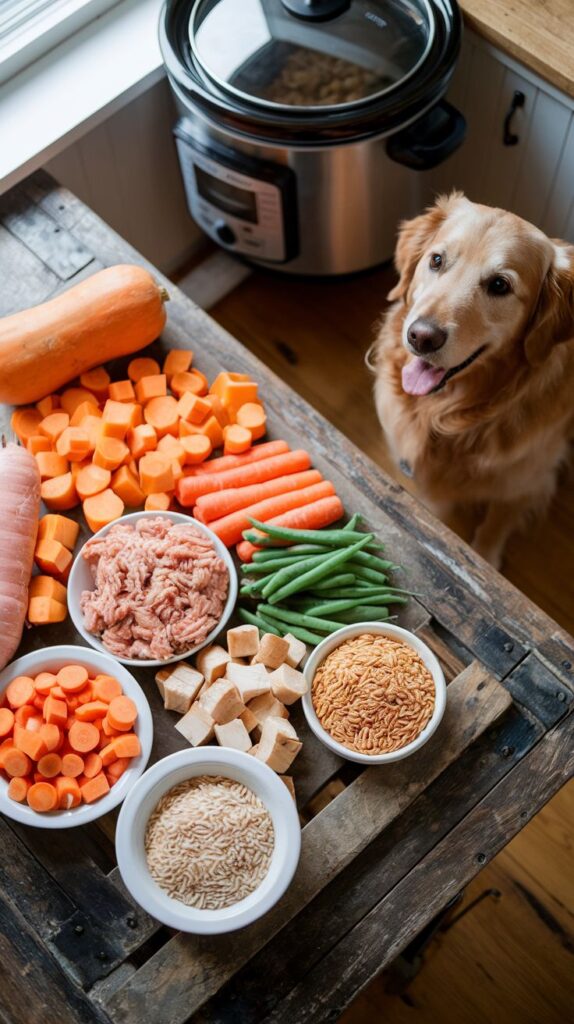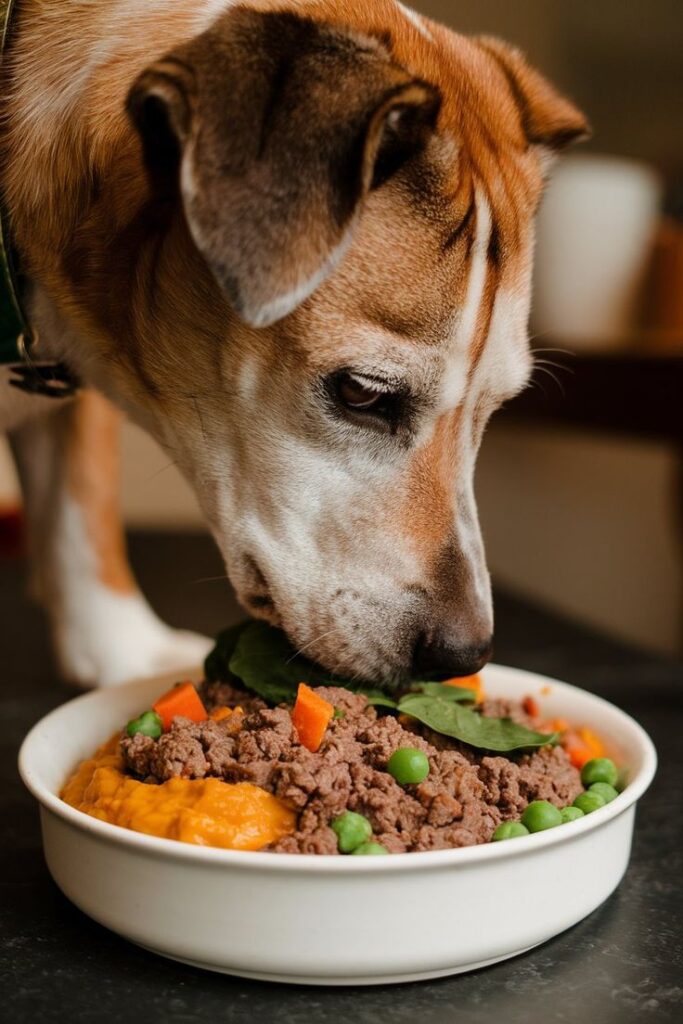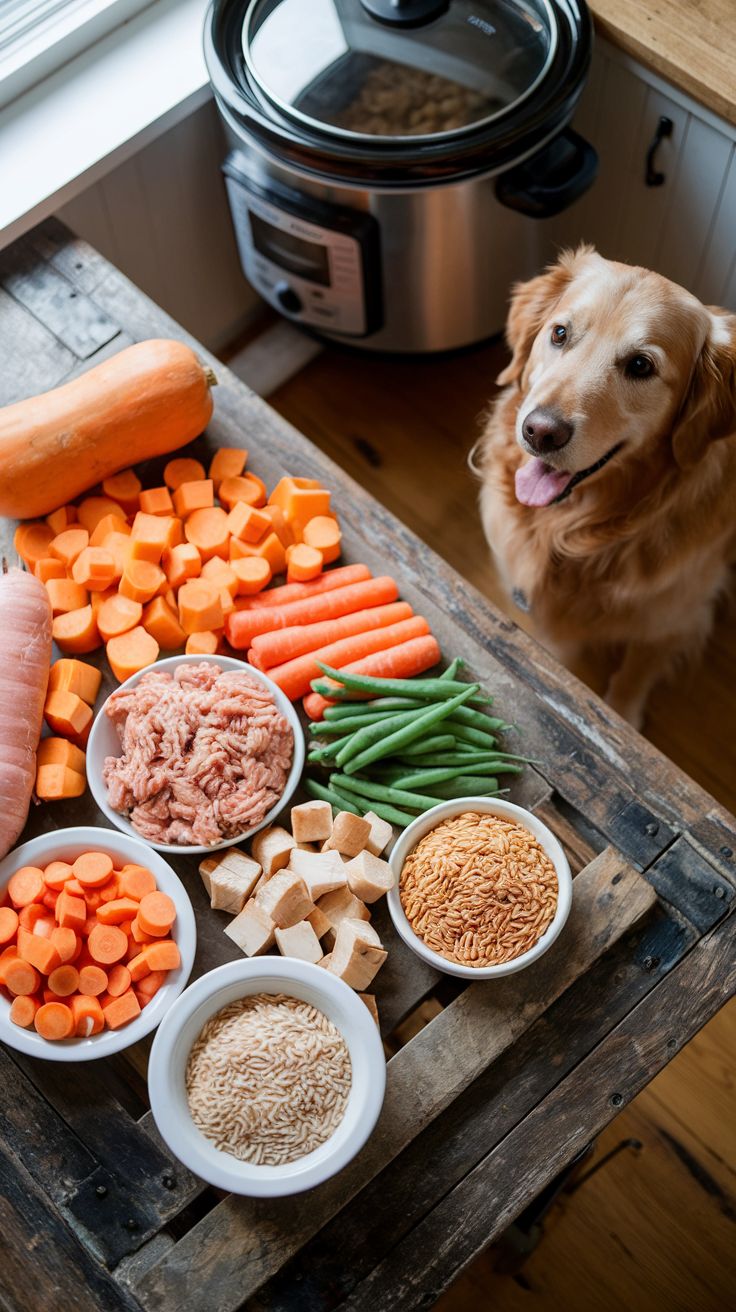Dog Food and Nutrition

Dogs are more than just pets—they’re loyal companions and beloved members of our families. One of the most important responsibilities as a dog owner is ensuring your furry friend receives proper nutrition. A well-balanced diet supports your dog’s immune system, maintains healthy skin and coat, promotes strong bones and muscles, and enhances overall quality of life.
In this comprehensive guide, we’ll dive deep into dog food and nutrition to help you make informed choices. Whether you’re a new pet parent or looking to upgrade your dog’s current diet, this guide is your go-to source.
Why Dog Nutrition Matters
Nutrition is the foundation of your dog’s health. Poor nutrition can lead to issues such as obesity, diabetes, joint problems, and even heart disease. On the other hand, a balanced diet enhances your dog’s energy levels, mental clarity, and longevity.
Key Benefits of Proper Dog Nutrition:
- Healthy weight maintenance
- Shiny coat and healthy skin
- Strong teeth and bones
- Better digestion
- Fewer vet visits
Understanding the Basics of Dog Nutrition
1. Macronutrients Dogs Need
| Nutrient | Role in Dog’s Health | Common Sources |
|---|---|---|
| Protein | Builds and repairs muscles and tissues | Chicken, beef, fish, eggs |
| Fat | Energy source, aids in vitamin absorption | Fish oil, chicken fat, flaxseed |
| Carbohydrates | Provide energy and aid digestion | Brown rice, oats, sweet potatoes |
2. Essential Micronutrients
| Micronutrient | Benefits | Sources |
|---|---|---|
| Calcium | Bone and dental health | Dairy, fish with bones, leafy greens |
| Vitamin A | Supports vision and immune health | Liver, carrots, spinach |
| Omega-3 Fatty Acids | Anti-inflammatory, promotes brain health | Fish oil, chia seeds, salmon |
| Zinc | Supports metabolism and skin health | Red meat, poultry, whole grains |
Types of Dog Food
There are several options for dog food, each with its advantages and disadvantages. Let’s break them down:
1. Dry Dog Food

Pros:
- Affordable and convenient
- Long shelf life
- Supports dental health
Cons:
- May contain fillers and preservatives
- Less moisture content
2. Wet Dog Food
Pros:
- Higher moisture content
- Palatable for picky eaters
Cons:
- More expensive
- Shorter shelf life after opening
3. Raw Dog Food Diet
Pros:
- High in protein
- Mimics ancestral diet
Cons:
- Risk of bacterial contamination
- Needs proper handling and preparation
4. Home-Cooked Meals
Pros:
- Full control over ingredients
- Great for dogs with allergies
Cons:
- Time-consuming
- Requires knowledge of canine nutrition
Choosing the Right Dog Food
When selecting food for your dog, consider the following:
1. Age and Life Stage
- Puppies need more protein and fat for growth.
- Adults require maintenance formulas.
- Seniors may need joint support and fewer calories.
2. Size of the Dog
- Small breeds have faster metabolisms.
- Large breeds need controlled calcium levels to avoid skeletal issues.
3. Activity Level
Active dogs like working breeds need more calories and protein than couch potatoes.
4. Health Conditions
Dogs with kidney disease, diabetes, or allergies may require special diets.
Dog Food Labels: What to Look For
Understanding the label can help you make smarter choices.
Checklist for a Good Dog Food Label:
- Named protein source as first ingredient (e.g., chicken, not “meat by-product”)
- Complete and balanced according to AAFCO standards
- No artificial preservatives, colors, or flavors
- Clear feeding guidelines
How Much Should You Feed Your Dog?
Feeding guidelines vary depending on your dog’s weight, age, and activity. Overfeeding is a common issue and can lead to obesity.
Sample Feeding Guide Table:
| Dog Weight | Activity Level | Daily Food Amount |
|---|---|---|
| 10 lbs | Low | 1/2 to 3/4 cup |
| 25 lbs | Moderate | 1 to 1.5 cups |
| 50 lbs | Active | 2 to 2.75 cups |
| 75 lbs | Very Active | 3 to 4 cups |
Treats and Snacks: Healthy or Harmful?
Treats should make up no more than 10% of your dog’s daily caloric intake.
Healthy Dog Treat Options:
| Treat Type | Benefits |
|---|---|
| Carrot sticks | Low-calorie, good for teeth |
| Apple slices | High in fiber and vitamins |
| Freeze-dried liver | High in protein, very palatable |
| Pumpkin puree | Aids digestion |
Avoid treats with artificial sweeteners, especially xylitol, which is toxic to dogs.
Common Dog Food Allergies and Sensitivities
Dogs can develop allergies to certain ingredients, usually proteins.
Signs of Food Allergies:
- Itchy skin
- Ear infections
- Digestive issues (vomiting or diarrhea)
Common Allergens:
- Beef
- Dairy
- Chicken
- Wheat
- Corn
Solution: Consider limited-ingredient or hypoallergenic diets.
Supplements: Are They Necessary?
Most commercial dog foods meet basic nutritional needs. However, some dogs benefit from additional supplements:
| Supplement | Use Case |
|---|---|
| Glucosamine | Joint support for aging dogs |
| Fish Oil | Shiny coat, reduces inflammation |
| Probiotics | Gut health and digestion |
| Multivitamins | General support (use with vet advice) |
Always consult your vet before introducing supplements.
Sample Meal Plan: Balanced Dog Diet
Here’s an example of a homemade dog meal for a 25 lb adult dog:
| Ingredient | Quantity | Benefits |
|---|---|---|
| Cooked chicken breast | 1 cup (shredded) | High-quality protein |
| Brown rice | 1/2 cup | Digestible carbs |
| Steamed carrots | 1/4 cup | Fiber and vitamin A |
| Olive oil | 1 tsp | Healthy fats, shiny coat |
| Fish oil supplement | 1 capsule | Omega-3s |
Feed in proper portion and balance based on your dog’s nutritional needs.
Foods to Avoid: What’s Toxic to Dogs?
Never feed your dog the following foods:
| Food Item | Why It’s Dangerous |
|---|---|
| Chocolate | Contains theobromine, toxic to dogs |
| Grapes & Raisins | Can cause kidney failure |
| Onions & Garlic | Can damage red blood cells |
| Alcohol | Affects nervous system and breathing |
| Caffeine | Can cause heart palpitations |
| Cooked Bones | Can splinter and cause internal injury |
Transitioning to a New Food
Changing your dog’s food should be gradual to avoid digestive issues.
7-Day Transition Plan:
| Day | Old Food | New Food |
|---|---|---|
| 1-2 | 75% | 25% |
| 3-4 | 50% | 50% |
| 5-6 | 25% | 75% |
| 7 | 0% | 100% |
Monitor your dog for signs of food intolerance like gas, diarrhea, or vomiting.
Budget-Friendly Tips for Feeding Your Dog
- Buy in Bulk: Large bags are often more economical.
- Use Loyalty Programs: Pet stores offer discounts for frequent buyers.
- Homemade Treats: Easy and affordable to make.
- Don’t Overfeed: Reduces cost and maintains healthy weight.
Frequently Asked Questions
Q1: Can dogs eat vegetarian or vegan diets?
Yes, but only under veterinary guidance to ensure they receive complete nutrition.
Q2: Is grain-free food better for dogs?
Not necessarily. Unless your dog has a grain allergy, whole grains are beneficial.
Q3: How do I know if my dog is overweight?
Check with your vet. You should be able to feel but not see your dog’s ribs.
Q4: Can I feed my dog human food?
Some human foods are safe (chicken, rice), but many are harmful (chocolate, onions).
Want More Expert Dog & Cat Care Tips?
For more guides on dog food, health, training, and overall pet wellness, visit barkmeowhub.com — your go-to resource for everything you need to keep your pets healthy and happy!
